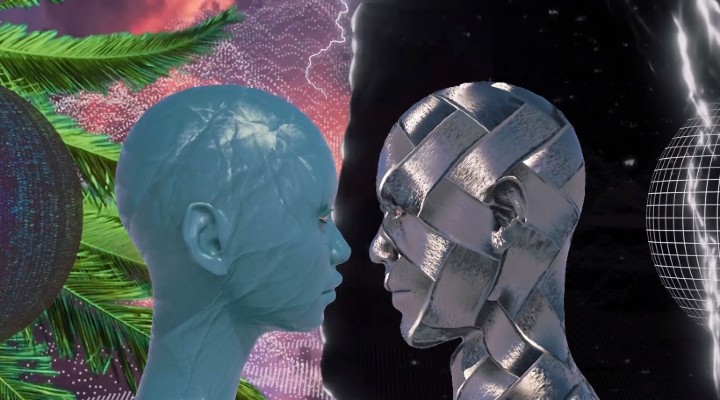Talk of non-fungible tokens isn’t slowing down. In fact, this area of innovation is accelerating at a rate faster than most new technologies. However, many people don’t quite understand how NFTs can fit into their everyday lives — the crypto penny hasn’t dropped yet. Newly launched Australian digital art platform NFT Stars is a multi-chain marketplace with numerous products and services for collectors, artists, gamers and entrepreneurs. The site is also filling a gap in educati
ation by having an easy-to-navigate marketplace and learning initiatives to support art collectors and artists.
The marketplace offers a wide range of rare NFTs by artists from around the world, proving awareness is increasing locally. However, the way we appreciate art and purchase art tends to be as a physical experience. Art galleries are deeply embedded in culture, and NFT Stars is tapping into this tradition, by hosting its very first NFT art exhibition, SIDUS, in Melbourne next week, showcasing digital art plus a program of lectures and workshops.
‘We believe the future of art is digital. Technology is coming to every sphere of our lives and it’s natural for artists to portray the world we live in using the tools of our time. We want to break the stereotype that NFT art is only for crypto lovers,” says Dan Khomenko, CEO of NFT Stars.
There are big figures being spent on NFT art around the world, which can be impressive and alienating. It’s important to include many learning opportunities along the way, which is what people attending the exhibition can expect. Throughout the week-long exhibition, the NFT Stars team will be available each day in the ‘educational corner’, where attendees can learn about non-fungible tokens and artists can mint their own NFT artwork.
An in-person event showcasing NFT art will help people understand the basics of NFT art and art collecting in an effort to normalise this technology. For artists, it is the next step in creating verifiable art.
The need for authentication in art
The art world has been one of the first industries to experiment with tokenising digital art and for good reason too. Art is traditionally fraught with copyright infringements, particularly digital artwork, such as saving and sharing images without credit, screenshots and unauthorised 3D printing.
Non-fungible tokens bring relief to some of these issues through traceability and transparency. As tokens are registered on the blockchain, every NFT takes on a digital identity that can be verified. No matter how many times it exchanges owners, its provenance can be accessed and proven.
Keeping and displaying digital art
But what’s the point of buying digital art NFTs if you can’t hang it on a wall to appreciate? It’s a worthwhile question and one that has a couple of options currently. To buy NFTs, you need a crypto wallet, such as MetaMask and CoinJar. NFT marketplaces require you to have a crypto wallet to be eligible to purchase NFTs in cryptocurrency such as Ethereum. Once a purchase is made, the digital asset is stored in your wallet. Marketplaces will generally provide the art collector with a showroom of sorts to visually see the works.
In terms of displaying NFT art at home or in a gallery, this area of technology is increasing with monitors and HD screens being created. Mounted on a wall between other framed pieces, these screens are connected to your crypto wallet and showcase a collection of digital art. Similar to creating a playlist on Spotify, the screen would rotate through a digital art collection. The screens are getting quite snazzy, where collectors can choose a magnetic frame that sits on the outside of the screen to make it look more “art” like.
But is it all a facade?
Where there’s hype, there’s tripe
Let’s get into the nuts and bolts of NFT art. To put it simply, a record on the blockchain does not contain the art file itself. The record can only contain a very small amount of data, in this case a hyperlink to a website where the digital asset has been uploaded. Given the hype around NFTs and more marketplaces popping up, some of these startups won’t survive the tumultuous and competitive terrain. If they go under, so do the digital asset website links, thus making the blockchain record meaningless.
Additionally, there is still great concern about the environmental impact of blockchain transactions requiring a significant amount of computing power. Green NFTs are the popular choice for those trying to do the right thing, however this is most certainly not the norm. Crypto investors are banking on short-term gain, turning a blind eye to the detrimental effects of blockchain mining.
We need more entrepreneurs and technology experts willing to do right by people and the planet to start proving legitimate use cases in blockchain technology and NFTs. It seems NFT Stars is positioning itself to be part of that cause. As we know, startups are better at pivoting and taking on emerging technology quicker than most established companies with legacy systems. Digital transformation is messy, it carries many risks. However, the reward of wading through innovation means greater progress, continuously improving and iterating.

